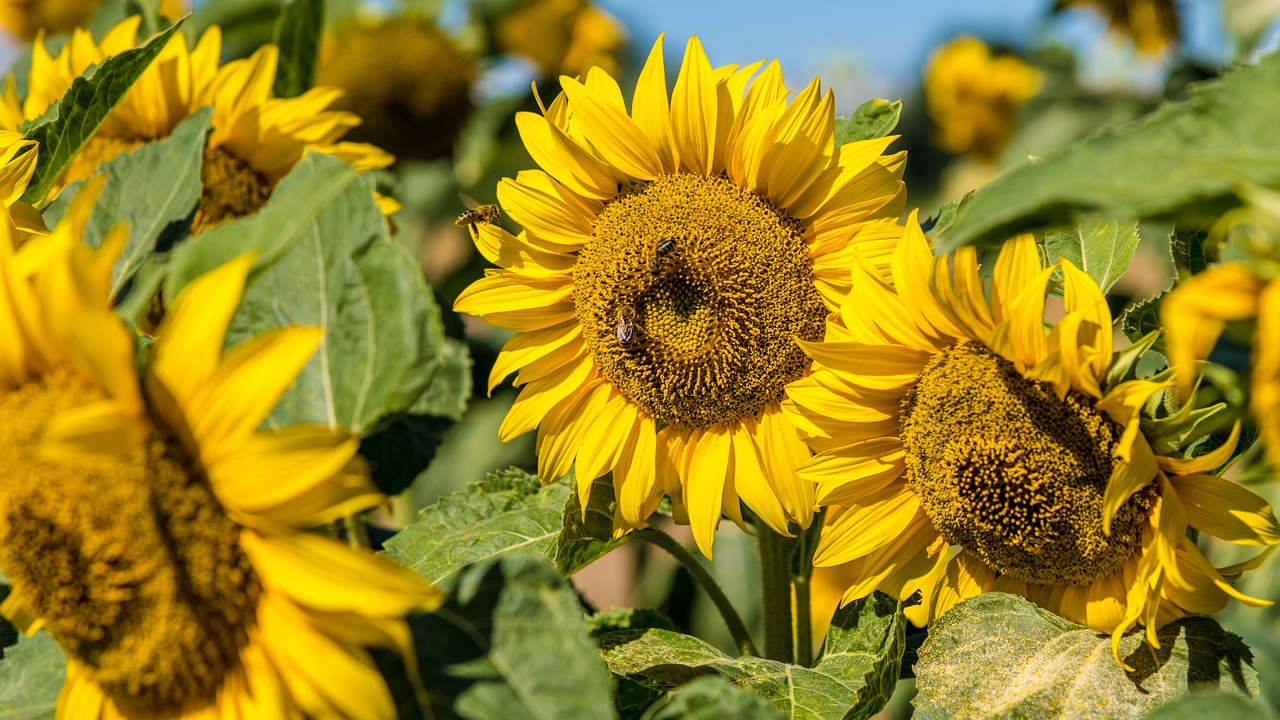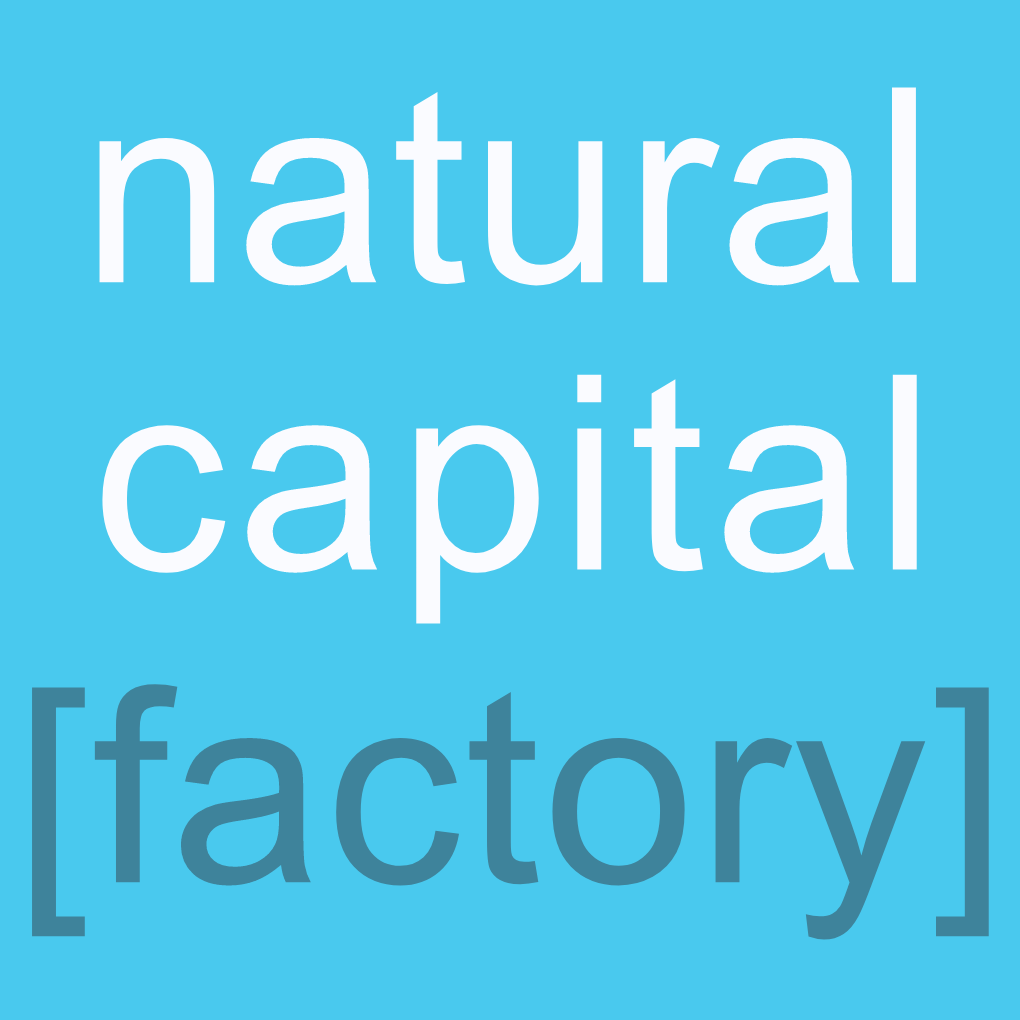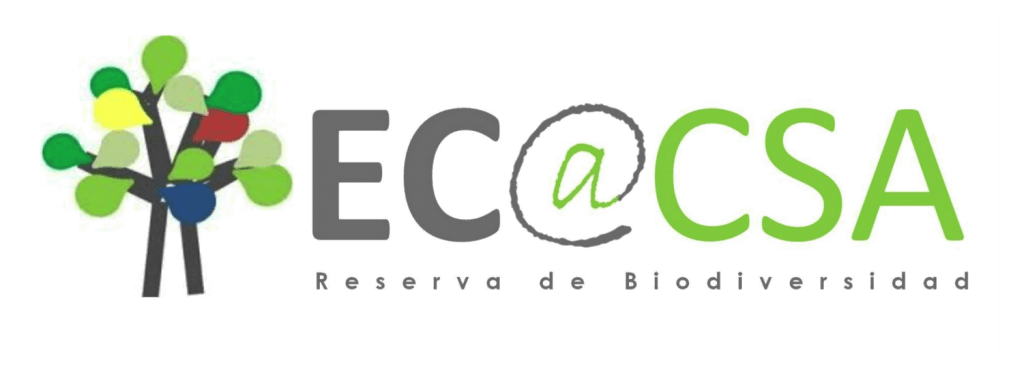This paper quantifies both demand and supply of pollination in the European Union (EU) at a relatively high spatial resolution, allowing an analysis of the match between demand and supply. Firstly, a crop area requiring pollination for optimal production (demand) and both bee habitat and related visitation probability (supply) was mapped using detailed agricultural and landscape data. The maps of demand and supply were compared by visual comparison, descriptive statics and a trend surface generalized additive model to analyze the relation between visitation probability and the presence or absence of pollinator dependent crops. A sensitivity analysis was done to test the robustness of the pollination supply model. Finally, the impact of EU Biodiversity Strategy and Biofuel Directive were evaluated by identifying areas where these policies would influence the demand or supply of pollination.
In the EU, 12% of the total cropland area was dependent on pollinators for optimal agricultural production. Pollinator habitat is especially abundant in mosaic landscapes as found in hilly and mountainous areas. Although covering less than 0.5% of the agricultural area, the presence of green linear elements increased the visitation probability by 5–20% while being the sole providers of pollinators in 12% of the croplands. In half of the area with a high pollination demand, the supply of pollination is also high. Irrespective of the different parameterizations, total habitat areas and visitation probability were highest in croplands without pollinator dependent crops and lowest in hotspots of pollination demand.

- Freepik.com
Quantifying and mapping ecosystem services: Demand and supply of pollination in the European Union
Main author
Year
Labels
- ecosystem services
- pollination

